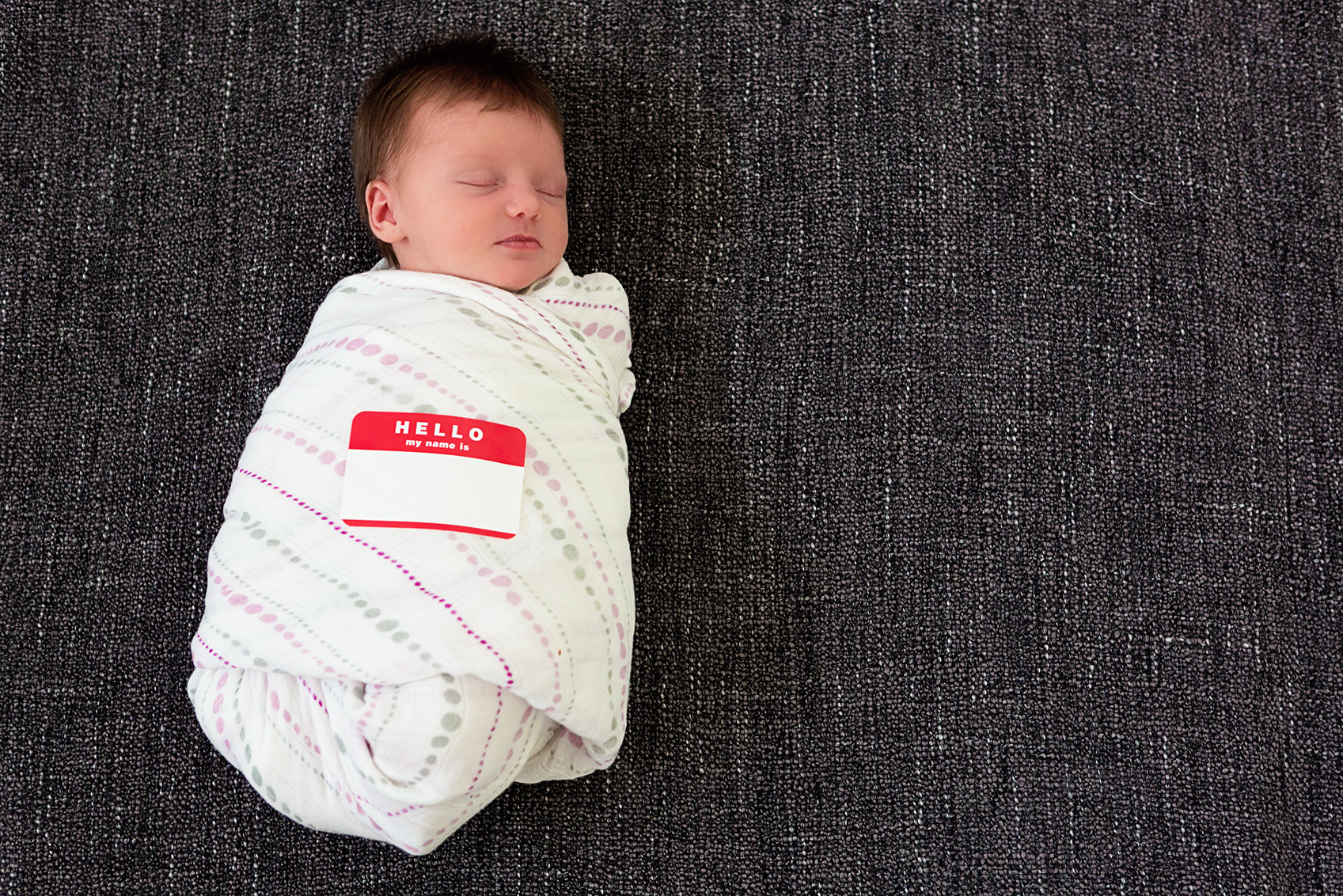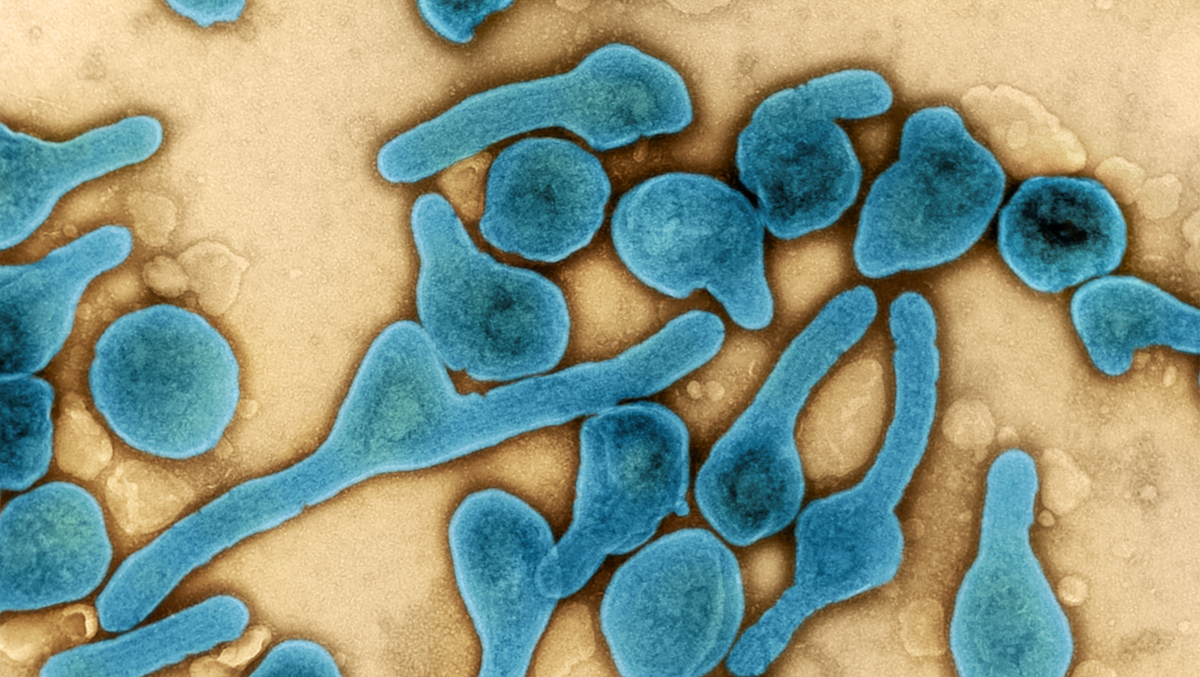Kat Delancy’s son Ronan was almost two weeks old when she thought he was a little under the weather.
“So, I noticed that something was wrong on Thursday, it was June 2, and he was just very upset and was crying a lot,” Delancy said.
She noticed he had a red chest that didn’t look like a rash and no fever, but he cried for two or three hours.
After checking with the pediatrician by phone, she took him in the next day but his crying and redness weren’t as bad as the day before.
“But my bigger concern was also that he sounded like he was little bit grunty. Like his breathing sounded different,” Delancy said.
He had a full exam and the doctors suggested he had gas or was becoming colicky. She took him home and had an uneasy feeling that something was different. She noticed he seemed to need a lot of energy to eat, and later that night, he stopped eating all together.
“And then I was like, 'Alright, now something's weird' and he wasn't crying. It just seemed like he was too tired to cry at that point in time," Delancy said.
She went to the emergency room where they found his oxygen was low. Soon after, he started having seizures constantly. She described those seizures in a 2-week-old as rapidly moving eyes and a slight sticking out of the tongue.
“At that point in time, they continued doing testing to try and figure out what it was, and all of the viral markers came back negative. So, they were like, 'well, we don't think that he has a virus because everything that we've tested has come back negative,'” Delancy said.
But then, a test for rare virus came back positive.
“And then, they finally found parechovirus in his system, after doing multiple tests and doing a lumbar puncture, they found it in his cerebrospinal fluid,” Delancy said.
She was hopeful when the medical team was able to pinpoint a cause of Ronan’s illness.
Parechovirus is one of several viruses in the picornavirus family. Those viruses also include rhinovirus, enterovirus and the most severe is the polio virus.
The CDC recently issued a health alert to physicians and public health departments warnings about a growing number of parechovirus cases in the U.S. Symptoms include upper respiratory tract infections, fevers and rashes in children six months to five years. The recent cases belong to a subtype called A3, which is associated with more severe disease in newborns and infants, including neurological issues such as seizures or meningitis.
Ronan spent 20 days in the hospital fighting parechovirus and the effects of extensive brain damage from constant seizures. He died at 34 days old.
“I was like, 'how did my child get that then?' Especially since no one in our household was sick, or had any outward symptoms of anything, and he didn't have barely any exposure otherwise,” Delancy said.
Ronan is her second pandemic baby, and she said they followed many health precautions.
Parechoviruses can spread through feces, saliva and respiratory droplets from sneezing or coughing. Children infected with parechoviruses can shed virus for long periods of time — around one to three weeks if they have a respiratory infection and up six months if they have a gastrointestinal infection, according to the CDC. However, it is not yet clear to researchers just how long children may be contagious for during that time.
Dr. Andrew Wong of Hartford Healthcare said children aren’t often tested for the viruses.
“Because we presume that the child will get better,” Wong said. “But I think the message here is that we should start checking for them as a first line test because potentially, there are serious consequences, sometimes lifelong effects, or long-term effects from that virus, which is different than the way that we've always regarded them.”
The CDC's alert urges clinicians as well to consider parechovirus testing and diagnosis among infants with symptoms similar to the virus with no other known cause.
Wong said he'd like to see the development of a rapid test for parechovirus so that it could be done at the pediatrician's office or at an urgent care.
“That way, they'll know that the baby should be kept at home quarantining, so it doesn't spread," Wong said. "But also, they can be aware and jump in sooner if the baby does get sicker.”
Delancy said she's on a mission to spread the word as well.
“So, you know, if it could happen to us, it can really happen to anybody,” Delancy said. “And that's the really terrifying part about this. That's why I'm like, I want people to be aware, and I want pediatricians and I want hospitals to be aware.”



